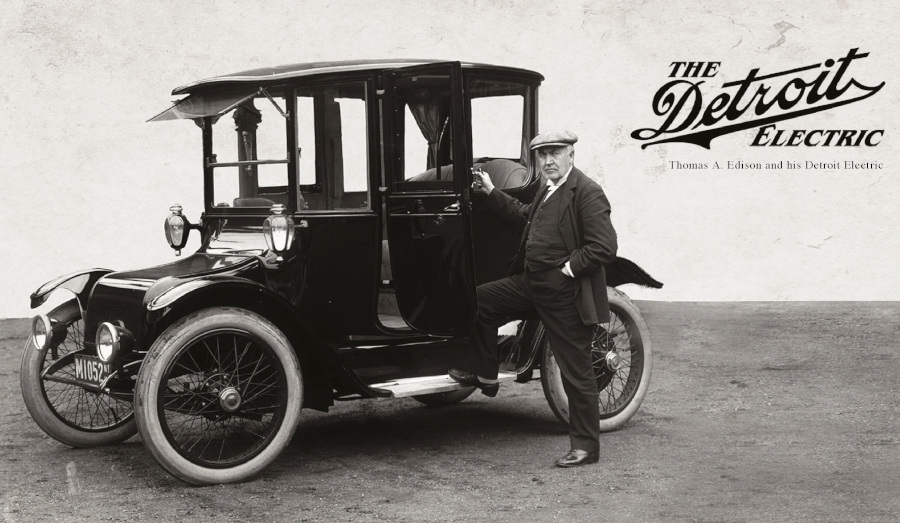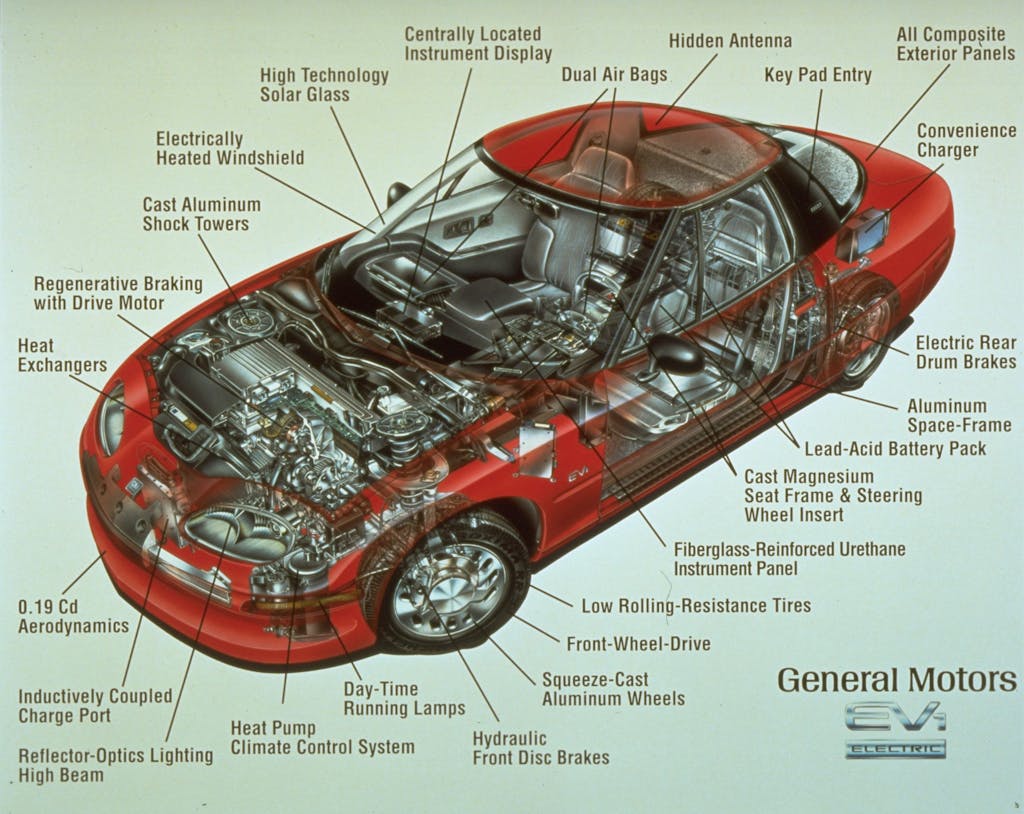Quote from: Br.FelixRex on Wed 16 Mar 2022
Jews are the highest and most cultured people on Earth?
That is the stupidest thing I have ever heard.
White people are the smartest, most creative and strongest people on Earth.
We created almost all of the discoveries, inventions and works of art and set almost all of the athletic records, with Mongoloids only coming in second.
RaHoWa!
White Power!










